This is a satellite image of the Great Lakes in North America.
Click on image for full size
Image Courtesy Environmental Research Institute of Michigan, Ann Arbor For additional information see www.erim.org © ERIM
Lakes
A lake is a body of water completely surrounded by land. Lakes can either by salty or fresh water. Most lakes are in places where glaciers used to exist. When a glacier moves forward, it carves away a deep valley and when the ice melt
s it forms a lake in the valley. Other lakes are formed in craters or when a river changes its course.
Lakes are short-lived surface features because the water can sink into the ground or evaporate into the sky. In order for a lake to remain, it must be constantly fe
d by a river or rainfall.
This is a satellite image of the five Great Lakes in North America. It is the largest group of freshwater lakes in the world. The largest and deepest one is Lake Superior located at the top left. Lake Baikal in Siberia, Russia is the deepest lake in th
e world.
You might also be interested in:
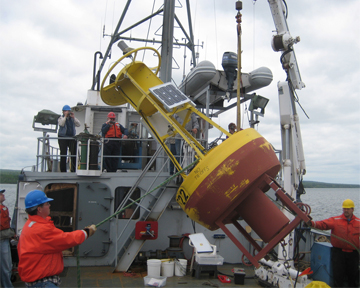
The Earth's climate is warming. That means the air is warming, the oceans are warming, and the land is warming. Did you know that lakes around the world are warming too? Scientists study lakes using satellite
...more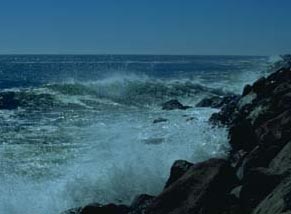
Have you ever left a glass of water out for a long time? Did you notice that the water disappears after a few days? That's because it evaporated! Evaporation is when water passes from a liquid to a gas.
...more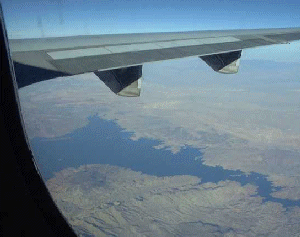
Rivers are very important to Earth because they are major forces that shape the landscape. Also, they provide transportation and water for drinking, washing and farming. Rivers can flow on land or underground
...more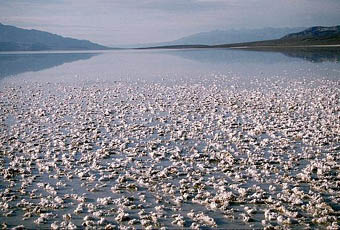
Some sedimentary rocks are made of mineral crystals that come from oceans, lakes, and groundwater. Water can have all the ingredients that are needed to make mineral crystals! How does water hold the
...more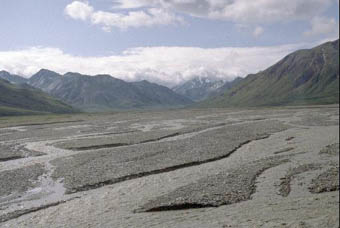
If you sneeze into a pile of dust the little particles fly everywhere, but if you sneeze into a pile of rocks, they will stay put. It takes more force than a sneeze to move those rocks. Winds and water
...more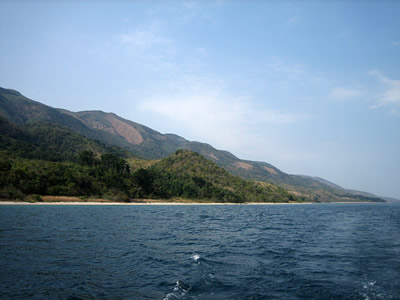
Geologists think that the waters of Lake Tanganyika, a long lake located in East Africa, has experienced a huge amount of warming in the last 100 years. Currently, the surface water of this lake is the
...more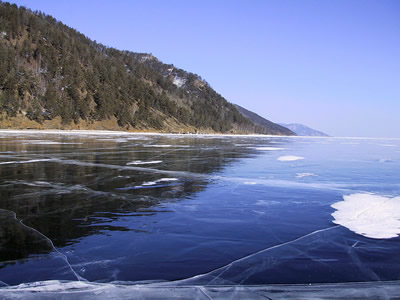
For the past 60 years, scientists have been collecting and analyzing water samples from Lake Baikal. They have discovered that temperature of this lake is rising, which means that this part of the world
...more















